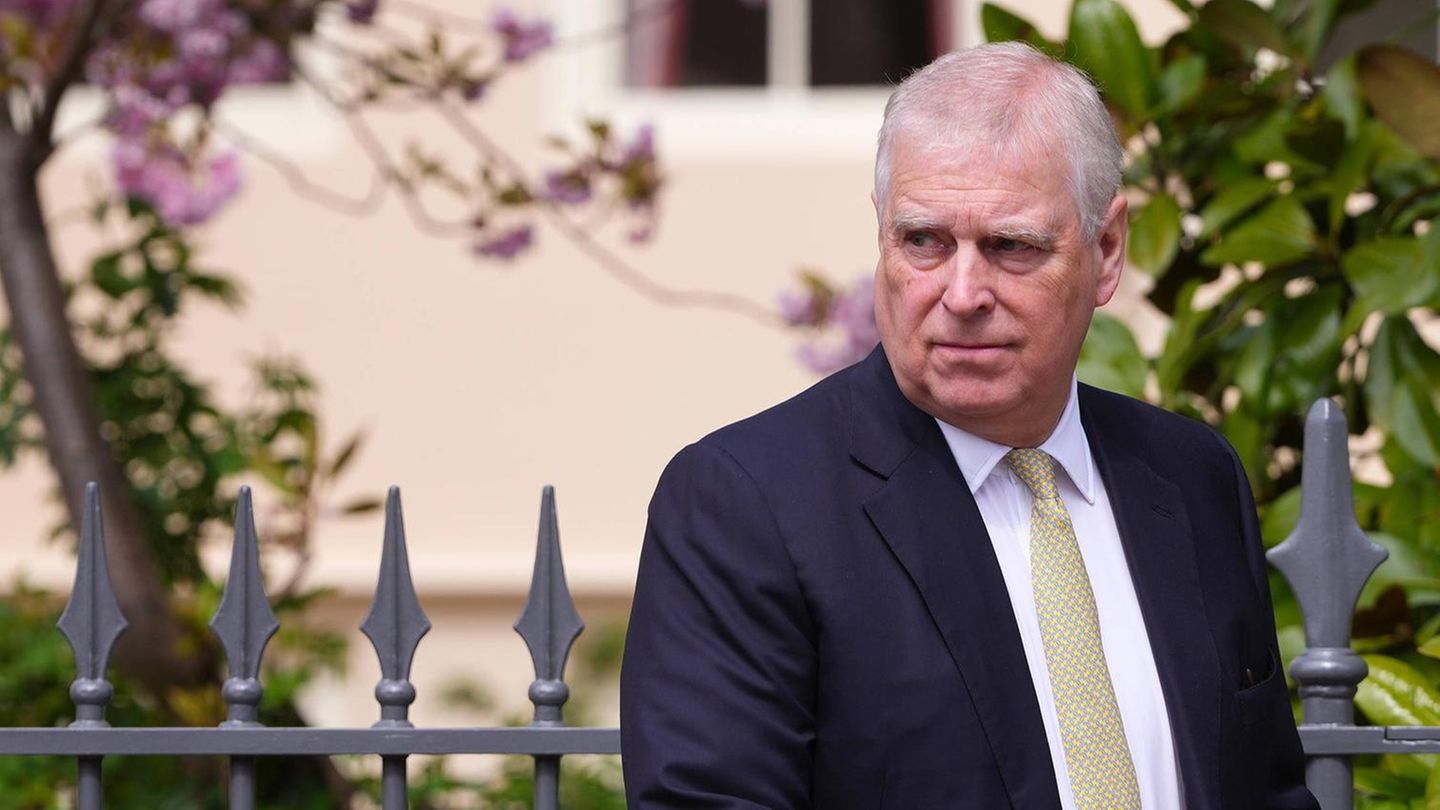Many basic suppliers reduce the prices for electricity and gas in December and January. But some also increase it. Most recently, almost a quarter of households had a basic supply tariff.
Numerous basic suppliers have announced price reductions for electricity and gas for December and January. Millions of households are likely to benefit from this. The comparison portal Verivox reported on Tuesday that 83 price reductions of an average of 12 percent have been announced for electricity. However, five suppliers have also announced increases, an average of 2 percent.
According to Verivox, this results in a future average price for local basic supply of a good 46 cents per kilowatt hour. For comparison: the electricity price brake, which the federal government wants to remain in effect until the end of April, caps the price at 40 cents. The comparison portal pointed out that alternative tariffs currently offer electricity from 27 cents per kilowatt hour.
According to the comparison portal Check24, a total of 202 cases of electricity price reductions in basic services have been implemented or announced since the beginning of September.
Around one in four households are covered by the classic basic service tariff
Exactly how many households are affected by the price changes can only be determined approximately. According to Verivox, there are around 4.7 million households in the areas affected by the electricity price reductions. In 2021, according to the Federal Network Agency, a national average of 24 percent of all households received electricity via a basic supply tariff. More recent data is not yet available.
This would bring the number to a good 1.1 million households that will soon have to pay an average of 12 percent less for electricity. According to the comparison portal, around 900,000 households live in the basic supply areas affected by electricity price increases. The basic supplier is always the energy supply company that supplies the most households with electricity or gas in a network area. According to Verivox, there are 800 basic electricity suppliers nationwide.
99 basic gas suppliers want to reduce prices
For natural gas, Verivox has so far registered 99 announced price reductions in the basic supply for December and January, an average of 15 percent. According to the comparison portal, 9.5 million households live in the basic supply areas affected, of which on average every second has a gas heater. The basic supply rate for natural gas was also 24 percent in 2021.
There were also price increases here, namely at ten basic suppliers; they cover an area with around one million households. Verivox determined a good 14 cents per kilowatt hour as the future average gas price for basic services. This value is also above the gas price brake, which caps the price at 12 cents. The comparison portal pointed out that alternative tariffs for gas are currently available from 8.5 cents per kilowatt hour. According to Verivox, there are around 700 basic gas suppliers nationwide.
According to the comparison portal Check24, basic gas suppliers have reduced their prices or announced price reductions in a total of 279 cases since the beginning of September.
VKU: Regularly many price changes at the turn of the year
“The turn of the year is regularly a time when energy suppliers adjust their electricity or gas prices,” explained a spokesman for the VKU (Association of Municipal Companies) in Berlin. The reason for this is, for example, changes to price components that cannot be influenced, such as network and metering fees or statutory surcharges. “Even though the vast majority of municipal utilities carry out long-term, structured procurement, the result is that the customer tariffs differ.”
The exact reasons for price adjustments are individual for each energy supplier. “The purchasing strategy plays an important role – specifically: which quantities will be purchased sooner or later.” The relaxation on the energy markets is currently gradually being felt by customers. “The current price reductions are based primarily on the purchase prices that have fallen compared to last autumn and winter.”
Primary care providers continue to have a “strong position”
According to the Federal Network Agency, the basic electricity suppliers, which are often the municipal utilities, have a “strong position” in their respective supply areas: In addition to the 24 percent of households that were in the classic basic supply in 2021, a further 37 percent of households were covered by special contracts with the Basic provider supplies. In the case of gas, the proportion with special contracts from the basic supplier was 41 percent – plus the 24 percent with classic contracts.
While the prices in classic basic services are usually often higher than those for special contracts, the energy crisis last year caused something unusual: “The prices of basic suppliers were below the prices of other types of contracts,” the Federal Network Agency stated on Monday. The authority sees this as the main reason for the significantly reduced number of household customers switching suppliers for electricity and gas.
Number of supplier changes decreased during the energy crisis
The number of electricity supplier changes among household customers fell by around 16 percent to a good four million changes in 2022. Almost three million people changed outside of moving. 8.2 percent of household customers changed their electricity supplier. In 2021 the rate was still 9.7 percent.
The number of gas supplier changes among household customers fell by around a third to just under 1.2 million in 2022. Around 940,000 households changed outside of relocations. The change rate was 8.9 percent (2021: 12.9 percent). According to the Federal Network Agency, the reasons for the lower switching rate for gas were also the strongly fluctuating and at times explosive increases in gas wholesale prices. General uncertainty regarding security of supply also played a role.
Source: Stern




